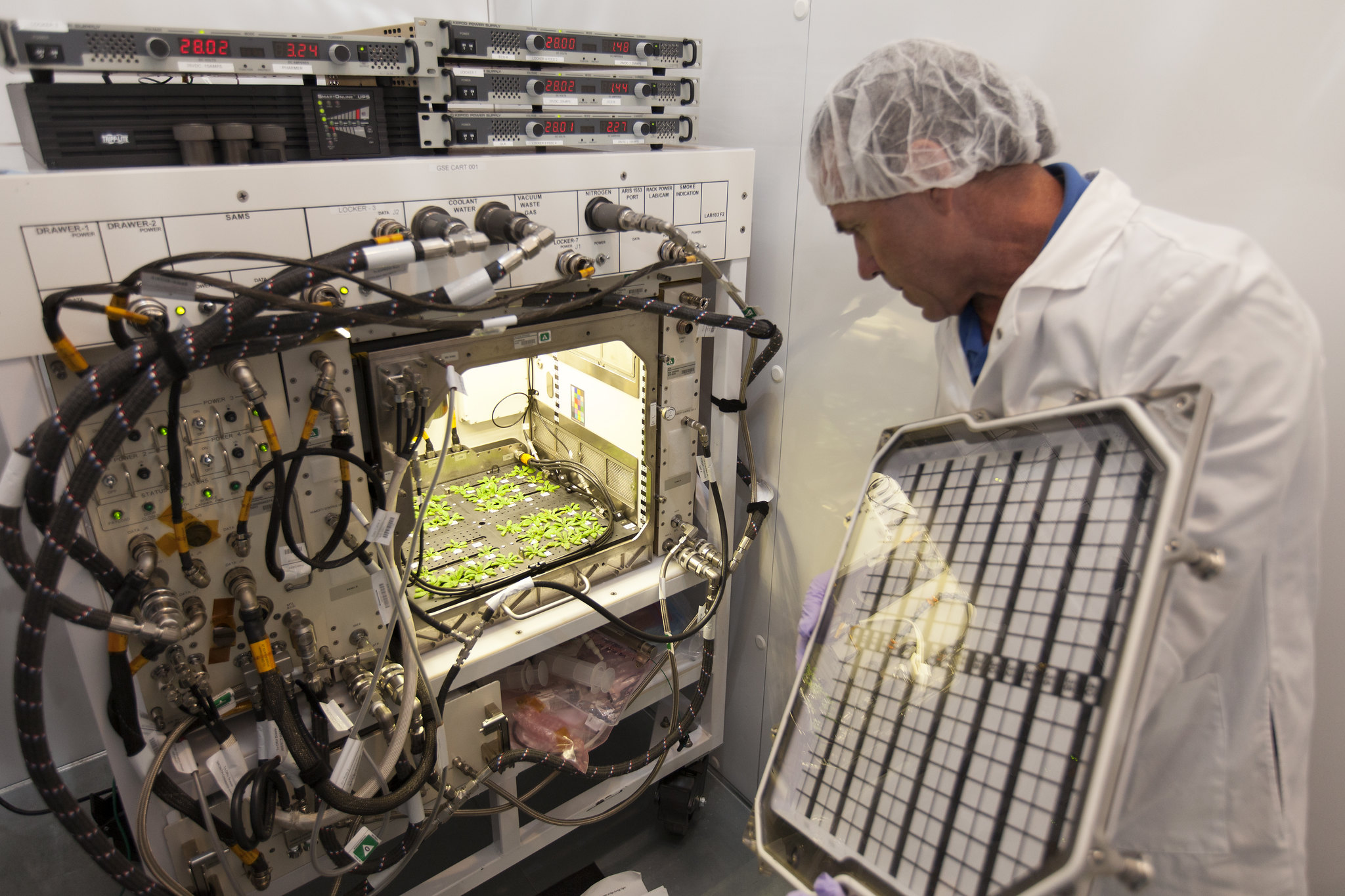Recognized as NASA Space Apps Peru 2021 Winners…
From left to right: Eduardo Dolores (team member), representative of the U.S. Embassy, Jeri Ramón (President of the University of San Marcos), Edwin Santos, Geraldine Pérez (team member), representative of Tecsup, and Bruno Alvarado (team member). The recognition, held at the San Marcos Cultural Center, was awarded by various institutions in honor of our team as the winners of NASA Space Apps Peru 2021.

Winner of NASA Space Apps Challenge Peru 2021: Space Roots
This project was one of the most challenging yet rewarding experiences of my career. It involved significant effort to work with new people, take on a leadership role, and participate in my first contest of this scale. I had the opportunity to immerse myself in data analysis, while leveraging my background in mechanical engineering. The impact of this project extended internationally, being recognized by the University of San Marcos, the US Embassy, and NASA.
Our team was selected among 1600 participants, winning the competition and receiving a nomination to compete globally.

What is the NASA Space Apps Challenge?
The NASA Space Apps Challenge is an annual global hackathon where participants collaborate to solve challenges related to Earth and space. Organized by NASA and supported by international space agencies, teams use NASA's open data to tackle issues like space exploration, climate change, and technology.
The Challenge: Have Seeds, Will Travel
Engineering Life Beyond Earth…
Numerous initiatives have focused on growing plants in space, aiming to understand how they adapt to microgravity conditions. In the image, one of these initiatives is shown: John "JC" Carver, a payload integration engineer with Kennedy's Test and Operations Support Contract, opens the door to the growth chamber of the Advanced Plant Habitat Flight Unit No. 1 to perform a test harvest.

In the 2021 edition, we took on the "Have Seeds, Will Travel" challenge. This focused on finding innovative ways to grow plants for long-duration space missions, exploring techniques that allow plants to thrive in harsh space conditions with minimal resources such as water and nutrients. Our team was perfectly equipped for this challenge.
About the Team
A team made for success...
From left to right: Geraldine Perez (Industrial Designer, PUCP), Eduardo Dolores (Agronomist, UNALM), Bruno Alvarado (Agronomist, UNALM) and me, Edwin Santos (Mechanical Engineer, PUCP)

Our team consisted of two agronomists from UNALM, a designer from PUCP, and myself, a mechanical engineer from PUCP. Each member brought unique expertise to the table, helping us develop a comprehensive solution.
Solution Developed
Agronomy and Crop Science
The agronomists selected crops based on their nutritional value, fast growth cycles, and adaptability to space conditions. They designed a reusable growth media and a water recycling system that captured and reused water transpired by plants through condensation.

Mechanical Engineering and Control Systems
I developed the control systems for the plant growth chambers, managing pressure, temperature, and humidity. Sensors were used to monitor these variables and integrated into a data system to allow astronauts to track plant growth via a dashboard (system similar to Graphana).

Design and 3D Modeling
Our designer created a 3D model integrating all components into a cohesive system, showcasing how it would function during space missions and providing an efficient, user-friendly design.

Final Design and Benefits
Revolutionizing Space Agriculture
The design showcases an advanced space cultivation system, developed through an in-depth study of plant needs in microgravity conditions. Integrating mechanical and biological systems, the concept features a helical structure equipped with LED lights and specific substrates for the selected plant species, optimizing their growth in the space environment.

The final product was a fully integrated system designed to support small, fast-growing crops in space. It was efficient, easy to maintain, and adaptable. The potential applications extended beyond space exploration, offering solutions for sustainable agriculture on Earth, especially in regions with limited resources.
News Articles and Important Links
This project gained significant national recognition, leading to mentions in various articles. The newspaper Gestión highlighted it among the 12 most important scientific news stories of the year. In this section, you'll also find key links, including the official post of our project on NASA's website, along with other important links.




